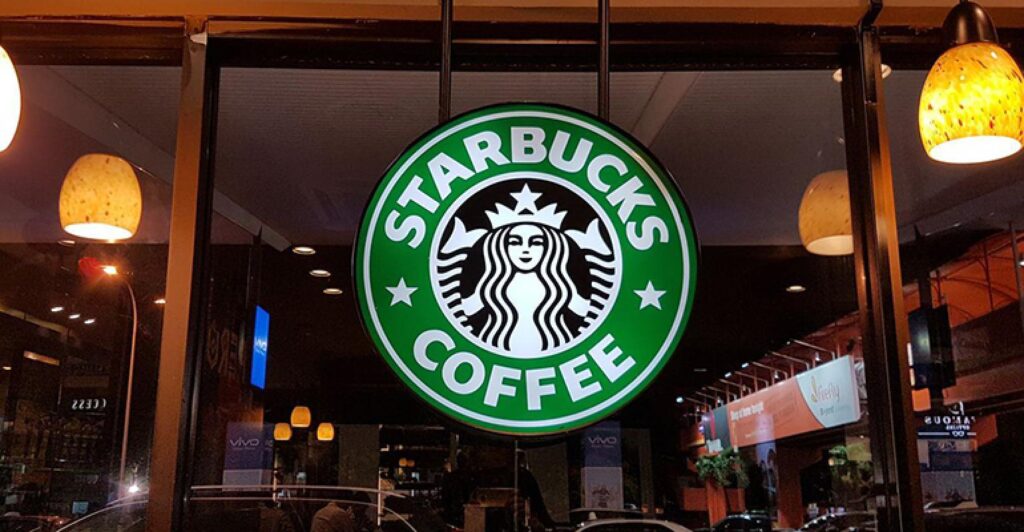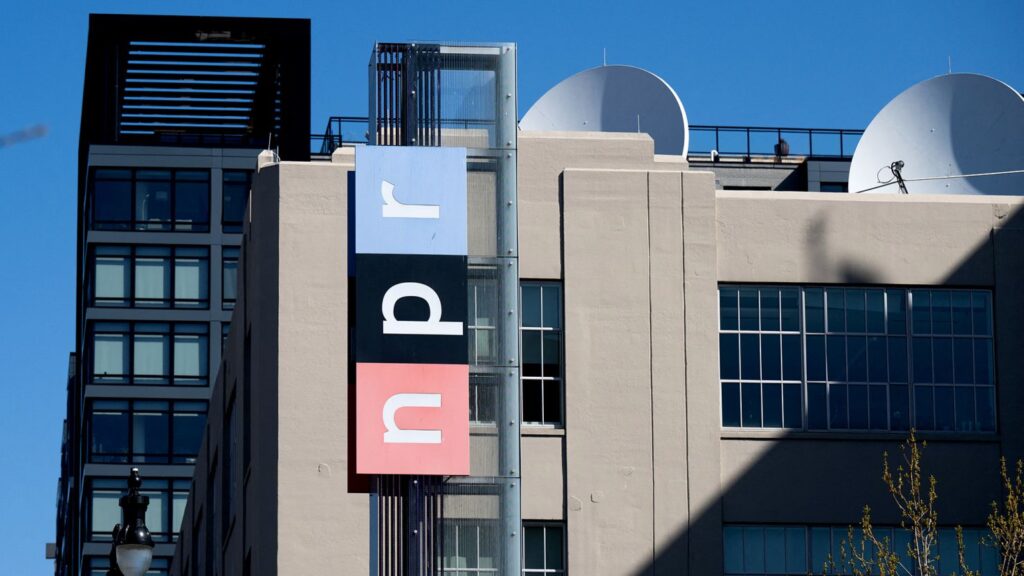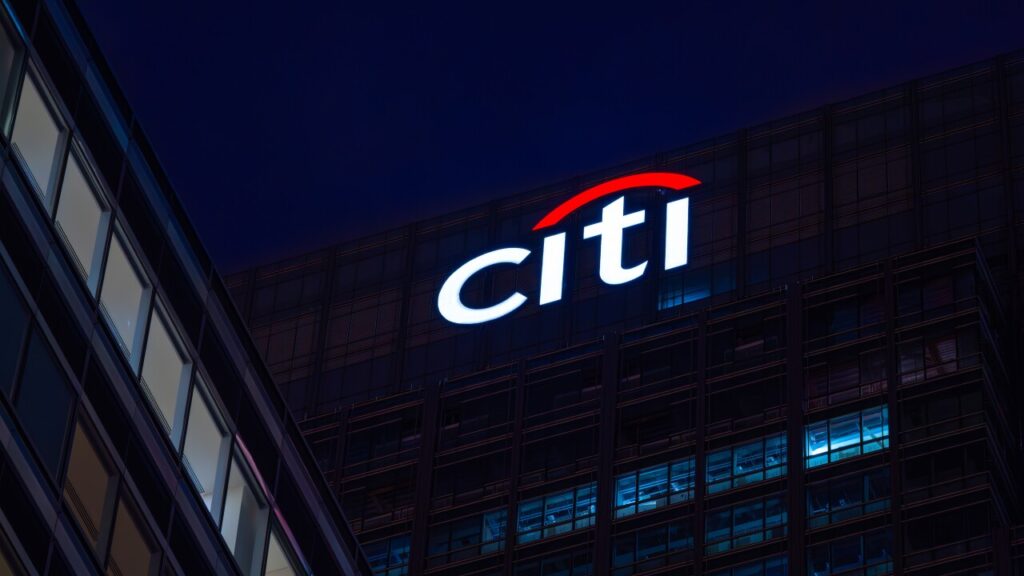Starbucks reported a sixth consecutive quarterly drop in U.S. same-store sales Tuesday, as the coffee chain faces continued pressure from cautious consumers and works to implement a turnaround plan under CEO Brian Niccol.
U.S. same-store sales fell 2% in the third quarter, matching the prior quarter’s decline but beating Wall Street’s forecast of a 2.5% drop. The decline was driven by a 4% decrease in comparable transactions, slightly better than the expected 4.5% decline.
“We’ve fixed a lot and done the hard work on the hard things to build a strong operating foundation,” Niccol said in a statement. “Based on my experience of turnarounds, we are ahead of schedule.”
Niccol, who previously led a turnaround at Chipotle, took over Starbucks last fall. The company’s stock was little changed near midday Wednesday.
Global and China Markets
Global same-store sales declined 2%, more than the 1.5% drop forecast, marking a sharper slide from the 1% drop last quarter.
In China, same-store sales rose 2%, ahead of expectations for a 1.4% increase. The growth was driven by higher transactions, though offset by a decline in average ticket size as the company lowered prices to compete with rival Luckin Coffee. This marks the second straight quarter of growth for the China market, where Starbucks is seeking a local partner to expand its presence.
Innovation and Store Strategy
Starbucks is betting on innovation to fuel growth. Its upcoming protein cold foam, expected to launch in the fourth quarter, will feature 15 grams of protein and no added sugar. Other new offerings include coconut water-based teas and enhanced artisanal food options.
The company is also redesigning its store experience. Moving away from pickup-focused layouts, Starbucks will invest approximately $150,000 per location to reintroduce seating and create a cozier atmosphere. A new store prototype, slated for fiscal 2026, will include 32 seats and a drive-thru, while build-out costs for new locations have been reduced by 30%.
Despite changes, some brand staples will remain. “We’re not changing anything as it relates to the Grande, the Tall, the Venti — that is unchanged,” Niccol told Yahoo Finance.
Financial Results and Labor Investment
Starbucks reported adjusted earnings of 50 cents per share, missing analysts’ estimates of 65 cents. Revenue climbed 5% to $9.5 billion, topping projections of $9.3 billion.
To support its operations, the company plans to invest $500 million in additional labor hours across U.S. stores over the next year. That effort is part of a new operating model, dubbed Green Apron service, which aims to improve consistency and customer experience. The program will be rolled out nationally by mid-August.
“This innovation is being co-built with our baristas in our stores,” Niccol said. “Those days are over where we build it in the support center and hope it works.”
CFO Cathy Smith called the model “a foundational operating system” that brings scalable consistency to customer service.
In pilot tests across 1,500 stores over eight weeks, Starbucks reported improvements in transactions, sales, and service times.
Outlook and Tariff Impact
Starbucks did not issue formal guidance for the remainder of the year. Smith said the company remains optimistic about 2026, citing progress under the “Back to Starbucks” strategy and anticipation for the return of the popular pumpkin spice latte next month.
“We are conservative on how the current year-over-year trends will change in the fourth quarter,” Smith said, citing economic uncertainty.
Niccol also addressed concerns about global tariffs, noting that Starbucks is “very much diversified in our coffee buying” and expects minimal near-term impact. He added that the company has no immediate plans to raise prices but will “be smart” if needed.



